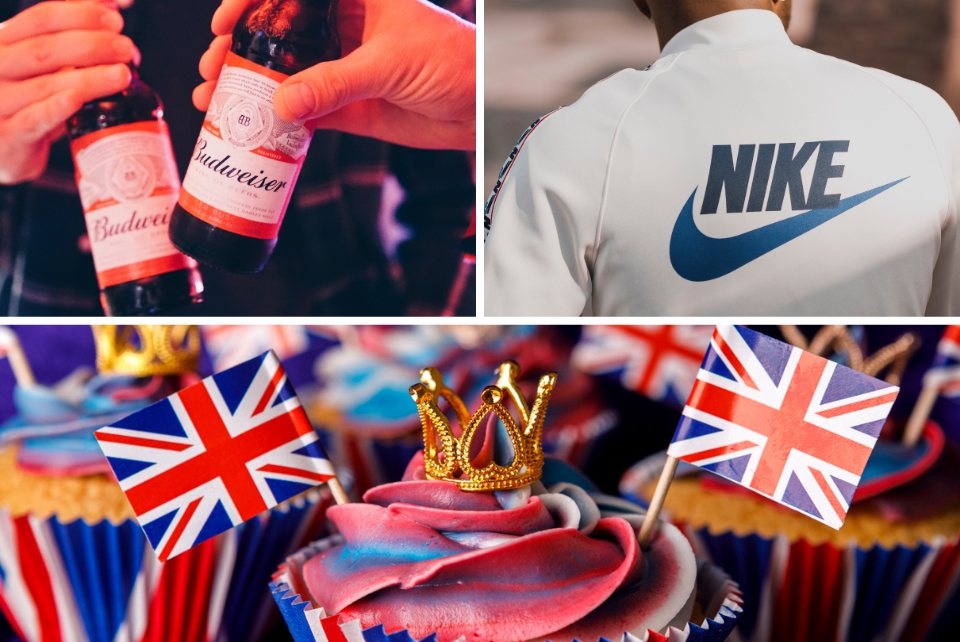Last month, I sat down to report on marketing campaigns around the King’s Coronation. I was surprised to find very little, other than the predictable product lines from quintessentially British brands like John Lewis. Cadbury’s launched a Coronation chocolate bar, Tyrrells’ have cooked up Coronation chicken flavoured crisps and Marks & Sparks have popped a crown on Colin the Caterpillar. Whilst I’m sure these limited editions items of food, gifts and onesies will be snapped up by customers, it comes across as a somewhat half-hearted activation of such a historic event, particularly given the recent celebrations around the Queen’s Jubilee.
I looked again more recently and, slowly but surely, news stories started to emerge around Britain’s ‘favourite supermarket’. Tesco are activating a Coronation Roadshow ‘fit for a king’, hosting street parties out-of-store and photo opportunities in-store with a gilded throne and high teas showcasing their finest foods. On 4th & 5th May, Tesco goes one step further and opens the doors to their first-ever pub ‘The King in the Castle’ in Farringdon, serving their limited edition Coronation food range. Members of the public can book tickets to the pub via OpenTable with £250,000 of proceeds being donated to Tesco’s long-standing charity partner, The Prince’s Trust. The Prince’s Trust was founded by King Charles III to help improve the lives of disadvantaged young people in the UK.
On opening the pub, Tesco Chief Customer Officer Alessandra Bellini said: “The Coronation is a historic moment and we want to help our customers celebrate it.”
Windsor & Eton Brewery, a craft brewers based in Windsor, was awarded royal warrant to supply beer to the Queen in 2018 having also launched a Coronation Ale named ‘Return of the King’, to celebrate ‘a lifetime of service to the country and his passionate support of the environment.’
Guinness have also got involved, by giving the famous foamy head of their pint a crown and using a playful double-entendre with their strapline 'good things come to those who wait'.
In November last year, The Economist* led with a headline stating ‘King Charles III’s coronation is a real marketing opportunity’, so why have so many brands seemingly shied away from marking the occasion?
Could it be that they are nervous of audience appetite for a new era of the British Monarchy? Reports of family rifts and the end of the Queen’s reign have certainly divided opinion on what the future holds for this iconic Institution. Uncertainty remains around the role the slimmed down Royal Family and indeed the newly crowned King will play in society. Values are key to any brand alignment and marketing activity. Some would argue that, right now, the Royal Family needs to re-establish or rather evolve their own ‘brand’ and better define their purpose in order to garner more confidence from their audience. This is not an easy task under the expectant watch of the British public and the omnipresent scrutiny of global media.
Brand partnerships should always be carefully considered. The recent controversy over Budweiser Light and Nike’s partnership with transgender actress and TikTok sensation Dylan Mulvaney showcases the delicate line that brands must walk when making such decisions. The fallout at Budweiser knocked $6billion from the company’s value and Alissa Heinerscheid, Vice President of Marketing, has since taken leave of absence from her role**. For Nike, the partnership aimed to promote a new sports bra, has resurfaced questions over the company’s contentious track record with female athletes***, as the wider argument surrounding transgender participation in women’s sport rumbles on.
Before embarking on any brand partnership or marketing campaign, it is vital to take a step back and revisit the fundamentals of marketing. What do we stand for? What are our values? What is our core purpose? And most importantly, who is our target audience? Whilst inclusivity should be applauded and historic occasions often warrant celebration, the first question to ask ourselves should be whether this is relevant to our brand and audience. Secondly, do we have the resource and budget to activate it effectively?
* : The Economist
** : CNN Business
*** : Business Insider
